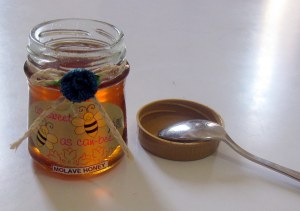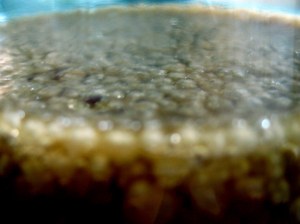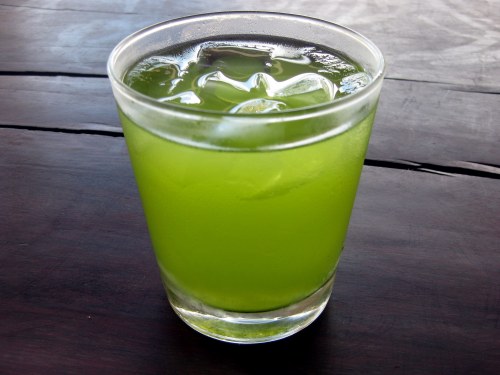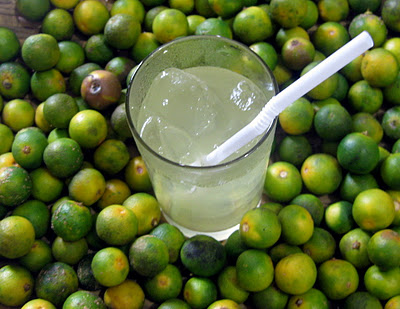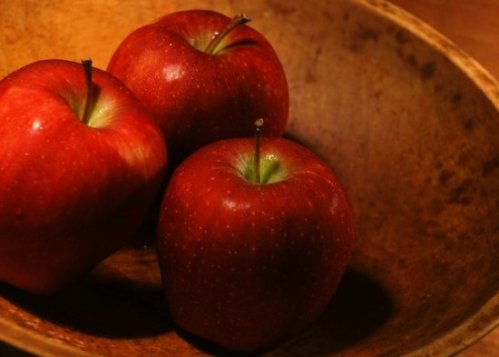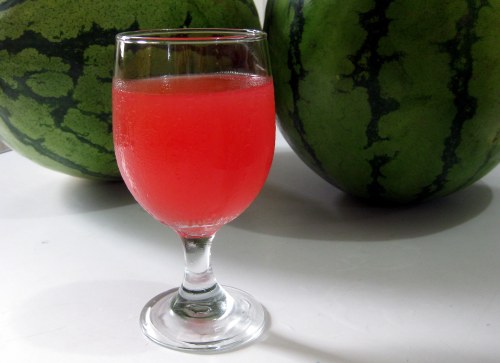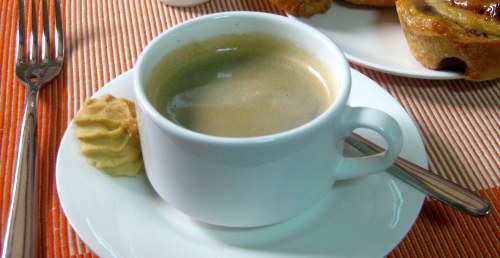
Whenever asked how I’d like my coffee, I always say light, no sugar. I love sweets, but when it comes to coffee, I prefer it without any sugar – with only milk or cream – and decaffeinated if available. I usually drink about two mugs a day, but the other foodstuffs I consume throughout the day may contain caffeine as well so, they all add up. Thus, despite the preferred decaf coffee, I have no idea how much caffeine I actually end up consuming each day.
Supposedly, caffeine is good because of the burst of energy that we get from it – at least for a couple of hours. That is because caffeine blocks adenosine, which is a chemical in the body that tells it to shut down when tired.
However, keeping the adenosine in the body continuously blocked is not something to be desired. After the initial caffeine high, the bad things that caffeine is known for sets in such as:
1. Panic attacks. Caffeine keeps us up because it triggers the fight-or-flight mechanism in our bodies. But it may lead to panic attacks. Hands become shaky, the skin gets sweaty, and paranoia sets in.
2. Caffeine can become addictive. Once we get into the habit of getting our usual dose, our body begins to crave and expect it. Failing to get that “fix” may make us irritable, tired, and even depressed.
3. One would think that since coffee is liquid, it’s hydrating. Actually, the caffeine in coffee and any other foodstuffs is linked with dehydration, because of its diuretic properties.
4. Women who drink a lot of coffee and eat a lot of chocolates tend to experience a more intense pre-menstrual syndrome than those who do not. The headaches, the bloated feeling and the belly cramps become more debilitating due to the added consumption of caffeine.
5. Caffeine can boost our energy, but it doesn’t know how to tell our body when it should stop moving and simply rest. The body can get physically exhausted, as well as experience emotional fatigue when it doesn’t get any rest.
Read more about caffeine’s side effects here.

But now come the startling results of new studies on caffeine:
1. The study from the Harvard School of Public Health, published last month in the Archives of Internal Medicine reveals that women who regularly drink fully caffeinated coffee have a 20% lower risk of depression than non-coffee drinkers. The study, which followed a group of women for 10 years, found that as more coffee was consumed (up to six cups per day), the likelihood of depression decreased.
2. According to David Levitsky, PhD, professor of nutritional science at Cornell University, “Caffeine decreases the rate at which the stomach dumps its contents into the duodenum – part of the small intestine where digestion takes place and also increases metabolic rate.” Keep in mind, though, that java isn’t a miracle brew: Downing it after dinner won’t make the pounds melt away; rather, sipping a cup post-meal could, in small part, help promote a healthy weight.
3. “Studies have shown that caffeine has a positive effect on sperm motility – the ability of sperm to move toward an egg – and could increase your chances of getting pregnant,” says John Wilcox, MD, FACOG, managing partner and reproductive endocrinologist at HRC Fertility in California. In fact, a study conducted at the University of Sao Paulo found that sperm motility was markedly higher in coffee drinkers versus non coffee-drinkers. And it turns out that it doesn’t matter whether you drink one or ten cups a day: The only detectable difference was found between coffee drinkers and non-coffee drinkers.
4. Caffeine is not truly addictive according to Liz Applegate, PhD, faculty member and director of sports nutrition at the University of California at Davis. SHE explains that caffeine is not addictive. “Caffeine is a mild stimulant, and the World Health Organization states that it is wrong to compare caffeine intake to drug addiction, since people can reduce or eliminate caffeine from their diet without the serious psychological or physical problems that result from a true addiction.” However, serious coffee drinkers may experience symptoms such as fatigue and irritability if they reduce their intake. According to Dr. Applegate, caffeine is not addictive. “Caffeine is a mild stimulant, and the World Health people who consume 600 milligrams of caffeine (about six small cups of coffee) daily are most likely to experience these symptoms, but they will usually resolve themselves after a few days.
5. According to Lauren Gerson, MD, MSc, associate professor of medicine and gastroenterology at the Stanford University School of Medicine, “There is no evidence from reviewed studies that coffee causes ulcers or more pain in patients with documented ulcers.” She also notes that there is no evidence that coffee could be the cause of stomach pain in patients with indigestion. However, there is one type of digestive issue that coffee can aggravate; Dr. Gerson explains that drinking coffee may worsen heartburn.
Finally, one mistake that people make is when they assume that decaffeinated means that there is no caffeine in the food or beverage.
Decaffeinating happens through a process. According to the site Coffeeresearch.org, decaffeinating coffee usually consists of soaking the beans in water to dissolve the caffeine, extracting the caffeine with a solvent or activated carbon, and then re-soaking the beans in the decaffeinated water to reabsorb the flavor compounds that were lost in the initial extract.
A study published by the Journal of Analytical Toxicology found that nine out of 10 tested cups of decaf coffee from coffee from shops and restaurants contained 8.6 mg-13.9 mg of caffeine. It also found that decaffeinated espresso shots contained 3 mg-16 mg of caffeine per shot.
Another study done by Consumer Reports tested 36 cups of small decaf coffees from six locations. They found that more than half had less than 5 mg of caffeine while the rest had a range from 20 mg-32 mg per cup. Depending on how much you consume in a day, you can end up consuming more caffeine from decaffeinated drinks than you would in one cup of coffee.
Read more here.
*

